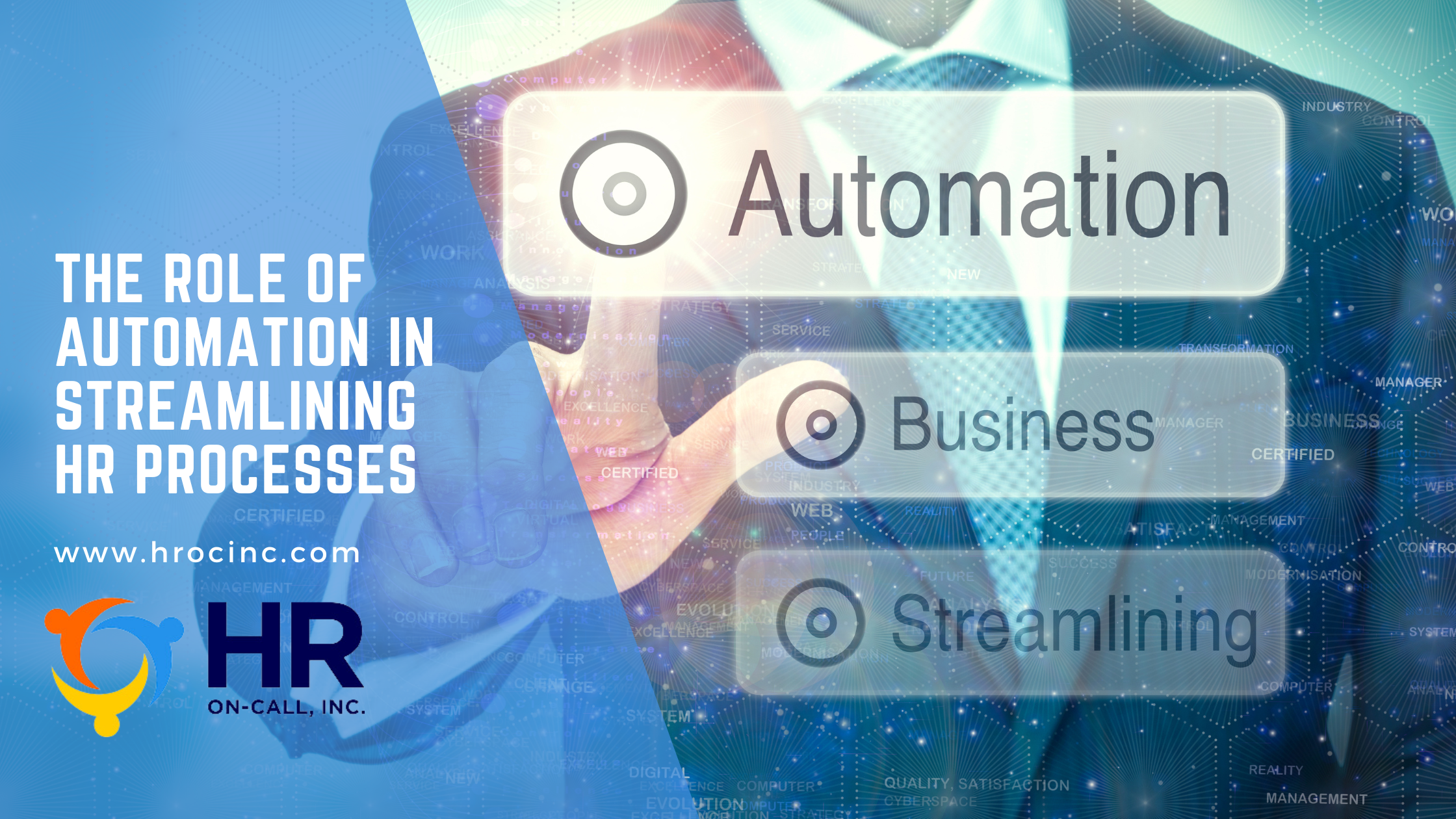In today’s fast-paced work environment, Human Resources teams are under increasing pressure to do more with less. From managing payroll and benefits to recruiting, compliance, and employee engagement—HR professionals wear many hats. That’s where automation comes in.
Automation isn’t about replacing people—it’s about freeing up HR teams to focus on strategic, people-first initiatives by eliminating repetitive, manual tasks. In this post, we’ll explore how automation is transforming HR and how your team can harness it to boost efficiency and impact.
⚙️ What Is HR Automation?
HR automation involves using software and digital tools to perform routine tasks with minimal human intervention. This includes everything from data entry and document management to scheduling, onboarding, and reporting.
It’s not about removing the “human” from Human Resources—it’s about giving HR professionals more time to engage meaningfully with employees and leadership.
✅ Key HR Processes That Benefit from Automation
1. Recruitment and Hiring
Manual Process: Sorting resumes, scheduling interviews, following up with candidates
With Automation:
- AI tools screen resumes and identify top matches
- Auto-scheduling tools coordinate interviews
- Automated emails keep candidates informed
Result: Faster time-to-hire and a smoother candidate experience
2. Onboarding
Manual Process: Paperwork, benefits enrollment, manual training coordination
With Automation:
- Digital onboarding checklists
- E-signatures for tax and policy forms
- Auto-assign training modules and deadlines
Result: Consistent, compliant, and engaging new hire onboarding
3. Payroll and Benefits Administration
Manual Process: Timesheet approvals, benefits tracking, payroll adjustments
With Automation:
- Time tracking systems feed directly into payroll
- Benefits platforms auto-update based on employee selections
- Alerts and reminders reduce errors
Result: Fewer mistakes, faster processing, and improved compliance
4. Performance Management
Manual Process: Tracking goals, scheduling reviews, collecting feedback
With Automation:
- Goal-setting platforms with real-time updates
- Automated reminders for review cycles
- Continuous feedback tools (pulse surveys, peer reviews)
Result: More consistent reviews and better performance tracking
5. Compliance and Recordkeeping
Manual Process: Filing documents, maintaining certifications, updating policies
With Automation:
- Auto-archiving and audit trails
- Expiration alerts for licenses or certifications
- Policy acknowledgment tracking
Result: Reduced legal risk and better documentation
📈 The Benefits of HR Automation
- Saves time: Reclaims hours previously spent on manual tasks
- Reduces errors: Minimizes costly mistakes in payroll, compliance, and data entry
- Improves consistency: Ensures policies and procedures are applied fairly
- Boosts employee experience: Offers self-service tools and faster response times
- Enables strategic HR: Frees up teams to focus on culture, talent development, and engagement
⚠️ What to Watch Out For
While automation has major upsides, implementation must be thoughtful. Watch for:
- Over-automation: Not everything should be automated—some processes require a human touch.
- Poor integration: Ensure your tools work well together and don’t create silos.
- Lack of training: Employees and managers need to understand how to use new systems.
Automation is no longer a nice-to-have—it’s a strategic advantage for forward-thinking HR teams. By automating the right processes, you reduce administrative burdens, boost accuracy, and create more time for the human side of HR: building trust, developing talent, and shaping company culture.
Want help choosing or implementing the right HR automation tools? Book a call with us and streamline your HR operations for success.

